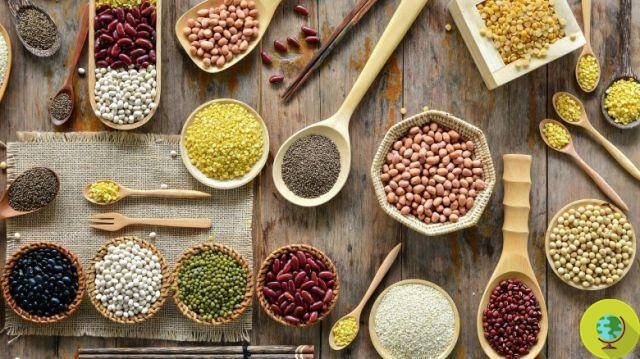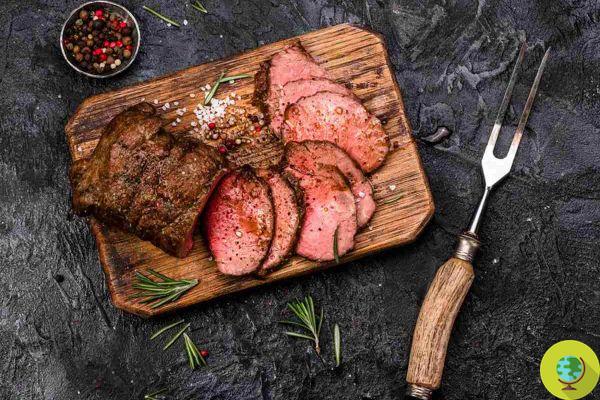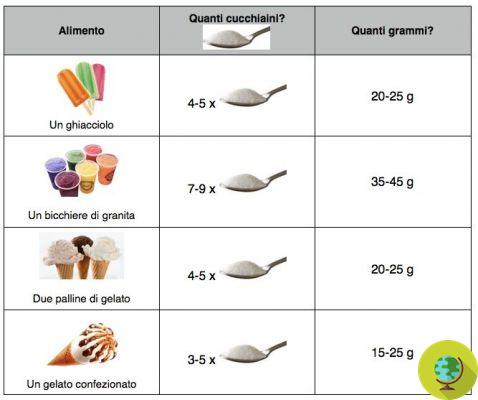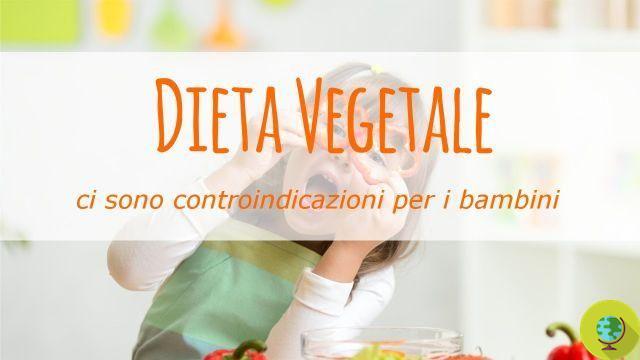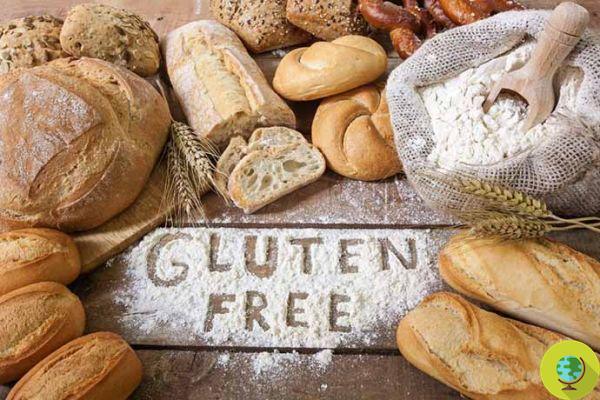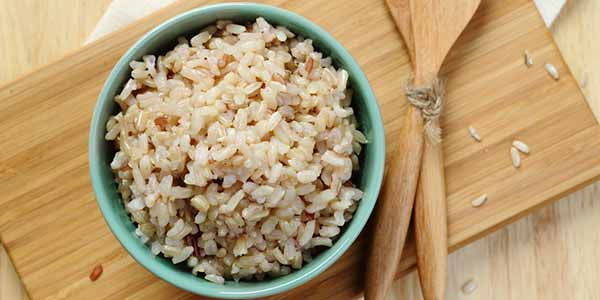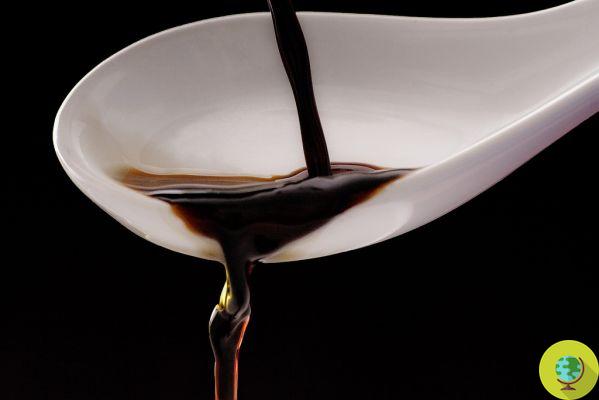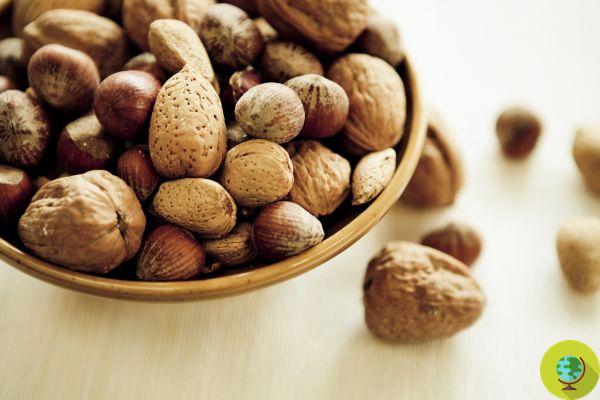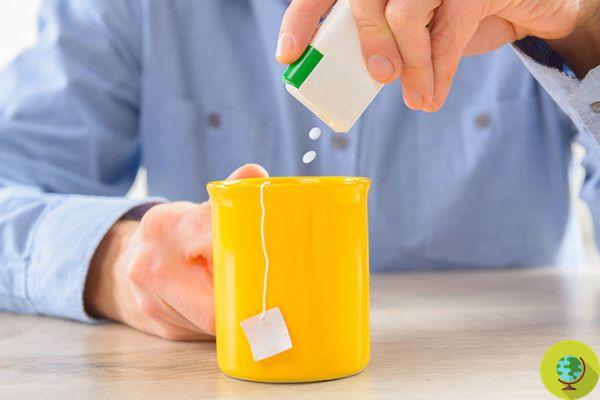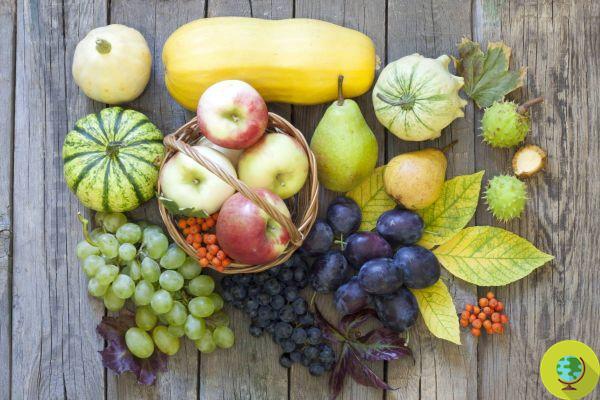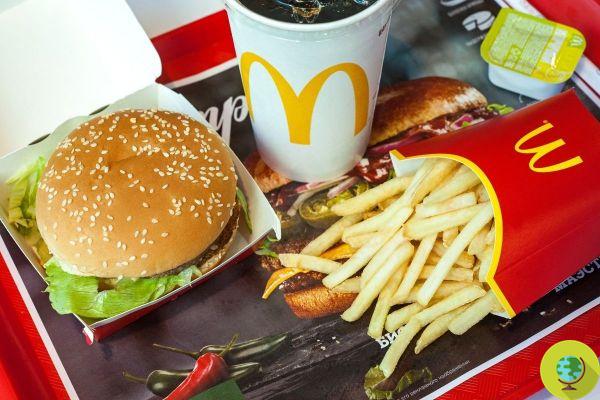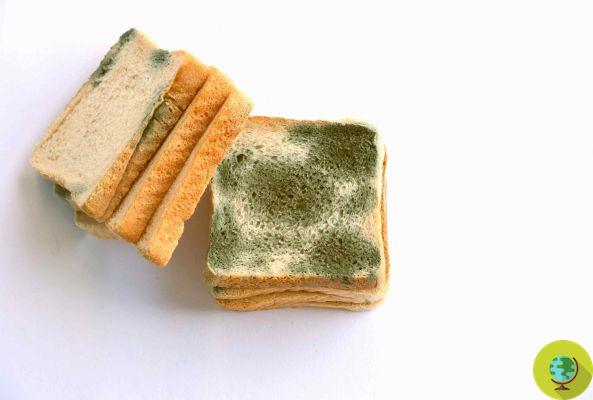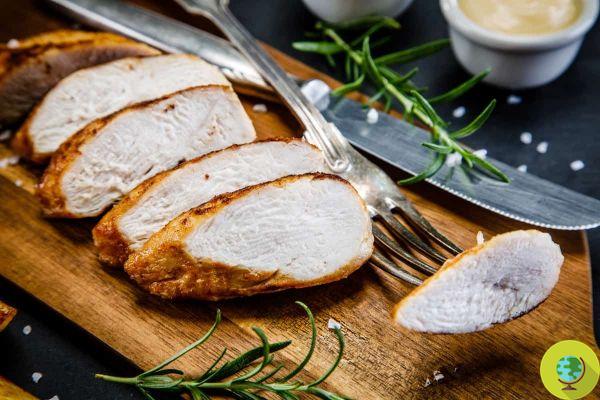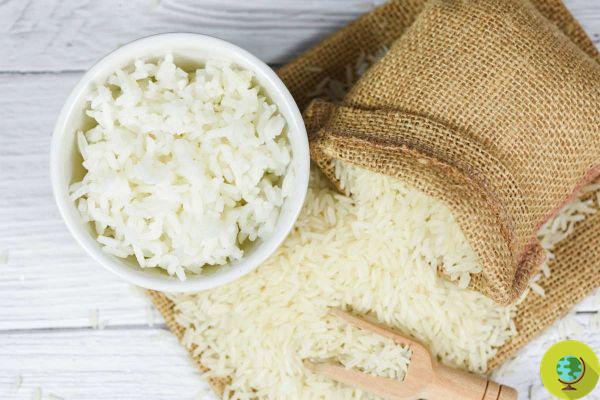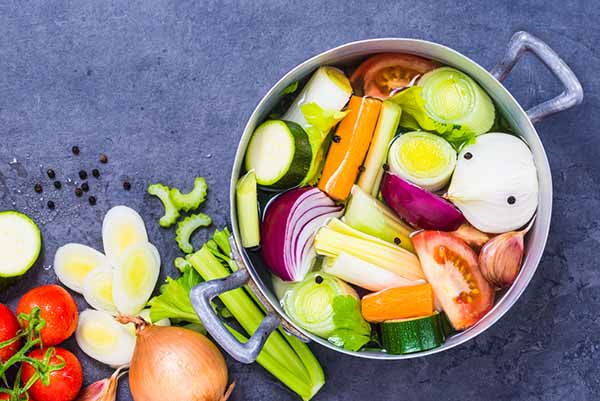Starting from 13 December 2016, food products will have to report on the packaging specifications in addition to their nutritional characteristics. We will therefore find ourselves grappling with food labels that will give us the opportunity to choose the food we bring to the table even more consciously. So let's see exactly what changes and how to read them.
Don't store avocado like this: it's dangerous
Starting from 13 December 2016, food products will have to show more specifications on the packaging than theirs
Food labels are a fundamental tool for the consumer who, if he knows how to interpret them correctly, is able to choose the best products among the many proposals available on the shelves of shops and supermarkets. The last part of the regulation UE Reg. N. 1169/2011, which affects all of Europe, since December obliges food products to have a nutrition label or to specify the nutrients present, their quantity and the overall energy value they bring. It is therefore essential to familiarize yourself with these tools as soon as possible. A guide written by the researchers of CREA (Council for research in agriculture and the analysis of agricultural economics) can help us to do this.
Read also: FOOD LABELS: THIS IS WHAT CHANGES TOMORROW. FINALLY OBLIGATION TO STATE PALM OIL
Index
name="nutritional-label">NUTRITIONAL LABEL
The nutritional label serves to indicate to the consumer the main nutritional characteristics of that food or drink or the amount of proteins, fats, carbohydrates, salt, fiber, vitamins and minerals Anchor me overall energy value always referred to 100 g or 100 ml of product.
Until now, these indications were found only on some products, since there was no obligation to report it. However, this situation made it difficult to compare one product with another or to evaluate whether or not to buy it based on its nutritional characteristics. From December, the nutrition label will appear on all products which must always be positioned in the same field of view in tabular or linear format in the case of packages whose spaces prevent it.
In addition to the mandatory information it is possible that the label is integrated with other specifications that the manufacturer wants to emphasize. This is in particular the presence of mono-unsaturated fatty acids, poly-unsaturated fatty acids, polyols (substances with a low glycemic index present in small quantities in fruit and used as sugar substitutes), starch, fiber, mineral salts and vitamins.
A separate discussion deserves the mention on the label of presence of salt, a substance that all consumers should be especially careful of. Well, on this point there is some confusion as the indication on the label will be that related to salt and not sodium (as opposed to what happened in the nutritional labels prior to EU Regulation no. 1169/2011). The equivalent salt content is calculated using the formula: salt = sodium × 2,5.
As for the information relating to the mineral salts and at Vitamins, instead, these they must be reported on the label if present in significant quantities.
Another important indication that the labels must carry is the energy value which, as with the quality and quantity of nutrients, refers to the food as it is sold on the basis of the average values established by the producer after analyzes carried out on that food or drink or on the calculations carried out starting from already known data or actual values.
The indication of the nutrients and energy value of those foods takes into account seasonal variations, consumption habits and other factors that can influence the actual value. Both indications can refer to a portion of that food or per consumption unit, the indication must in any case be very clear to the consumer.
Read also: FOOD LABELS: HOW TO READ THE CODES ON FRUIT AND VEGETABLES
name="examples-of-nutrition-labels">EXAMPLES OF NUTRITION LABELS
Here are some examples of nutritional labels. The first is very simple composed of several colors which however can go to create consumer confusion.
This other label uses the color of the traffic light to indicate whether the average amount of a certain nutrient in that product is low, medium or high. It does deliver though misleading information as often the products are not consumed in the quantity of 100 grams to which instead refers.
The next label is more interesting as it does not refer to the amounts of nutrients per 100g but to quantity per serving in reference to the GDA which indicate in grams and percentage the value of a portion of food, in terms of energy and nutrients, compared to an indicative daily quantity considered adequate for an adult.
name="other-labels-">Other labels:
FOODS THAT MAY NOT BE ON THE NUTRITION LABEL
As is the case for all regulations, the EU Reg No. 1169/2011 also provides for an article (44) in which they are specified the products that are an exception that is, those foods that they may not carry the new nutrition labels. These are, for example, pre-wrapped foods or foods that are packaged on the spot at the request of the consumer. The exemption then concerns:
- Unprocessed products comprising a single ingredient or a single category of ingredients
- Processed products which have only undergone ripening and which comprise a single ingredient or category of ingredients
- The water intended for human consumption, including those that contain carbon dioxide and / or flavorings as added ingredients
- The aromatic plants and spices
- The sale and salt substitutes
- The products covered by dir. 1999/4 / EC relating to coffee extracts and chicory extracts, whole or ground coffee beans and whole or ground decaffeinated coffee beans
- Herbal and fruit infusions, teas, decaffeinated teas, instant or soluble teas or decaffeinated tea extracts, with no other added ingredients except flavorings which do not affect the nutritional value of the tea.
- The fermentation vinegars and their substitutes, including those whose only added ingredients are flavorings
- I gelling compounds for jams
- The drinks with an alcohol content greater than 1,2% in volume
- Food also packaged in an artisanal way supplied directly by the manufacturer of small quantities of products to the final consumer or to local retail structures.
For more information you can read the complete guide to the new labels drawn up by CREA here




